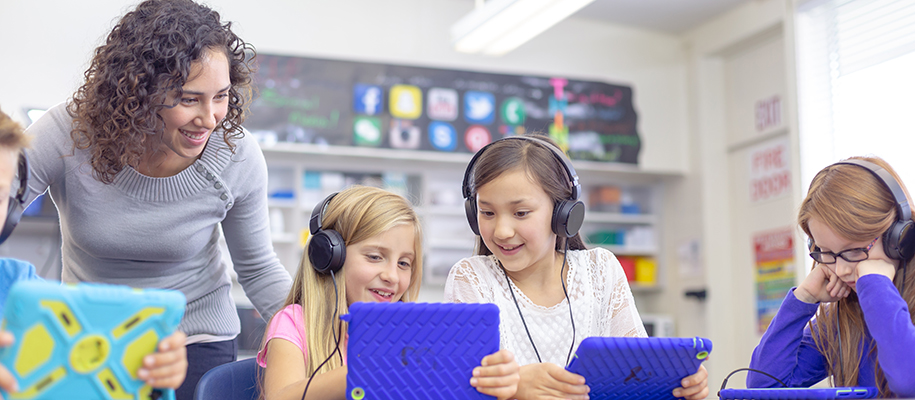May 20, 2024

In the ever-evolving landscape of education, technology has become an indispensable tool for teachers. From enhancing student engagement to streamlining administrative tasks, the integration of technology in the classroom offers a myriad of benefits. As an educator, understanding how to utilize these tools effectively can transform your teaching practice and improve student outcomes. Here’s a comprehensive guide on how teachers can leverage technology to enhance their teaching experience.
Interactive learning platforms, such as Google Classroom, Edmodo, and Schoology, have revolutionized the way teachers manage their classrooms. These platforms enable educators to create, distribute, and grade assignments efficiently. They also facilitate communication with students and parents, fostering a collaborative learning environment. Teachers can post announcements, share resources, and provide real-time feedback, making learning more accessible and engaging.
Incorporating multimedia resources into lessons can significantly enhance student understanding and retention. Videos, podcasts, and interactive simulations can bring complex concepts to life and cater to different learning styles. Websites like Khan Academy, TED-Ed, and National Geographic offer a wealth of educational content that teachers can integrate into their curriculum. Additionally, tools like YouTube and Flipgrid allow teachers to create and share their own multimedia lessons.
Gamification involves using game design elements in non-game contexts to motivate and engage students. Educational games and apps, such as Kahoot!, Quizlet, and Classcraft, turn learning into a fun and competitive experience. These tools can be used to review material, assess understanding, and encourage participation. By incorporating gamification, teachers can make learning more interactive and enjoyable, increasing student motivation and engagement.
Virtual Reality (VR) and Augmented Reality (AR) are cutting-edge technologies that provide immersive learning experiences. With VR, students can take virtual field trips to historical sites, explore the human body, or even visit outer space. AR, on the other hand, overlays digital information in the real world, allowing students to interact with 3D models and visualizations. Tools like Google Expeditions and Merge EDU bring these technologies into the classroom, offering unique and engaging learning experiences.
Adaptive learning technologies use algorithms to personalize learning experiences based on individual student needs. Platforms like DreamBox, Smart Sparrow, and Knewton adjust the difficulty of tasks in real time, providing tailored support and challenges. This personalized approach helps ensure that all students, regardless of their skill level, receive the appropriate instruction and practice.
Technology has streamlined the assessment process, making it easier for teachers to evaluate student performance and provide timely feedback. Tools like Google Forms, Socrative, and Formative allow educators to create online quizzes and surveys, automatically grade responses, and analyze results. This not only saves time but also provides valuable insights into student learning, helping teachers identify areas for improvement and adjust their instruction accordingly.
Collaborative tools like Microsoft Teams, Slack, and Padlet facilitate student teamwork and communication. These platforms allow students to work together on projects, share ideas, and provide feedback, fostering a collaborative learning environment. Teachers can also use these tools to organize group activities, monitor progress, and encourage peer-to-peer learning.
Technology also offers numerous opportunities for teachers to enhance their professional skills. Online courses, webinars, and virtual conferences provide access to the latest research, teaching strategies, and technological advancements. Websites like Coursera, edX, and TeachThought offer a wide range of professional development resources for educators. By staying informed and continuously learning, teachers can stay ahead of the curve and bring innovative practices into their classrooms.
Embracing technology in education is no longer optional but a necessity for modern teachers. By integrating interactive platforms, multimedia resources, gamification, VR/AR, adaptive learning technologies, online assessments, collaborative tools, and professional development resources, educators can create a more engaging, effective, and efficient learning environment. As technology continues to evolve, so too must our teaching practices, ensuring that we are providing the best possible education for our students.